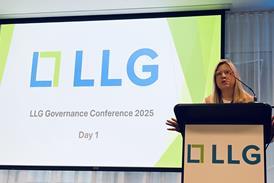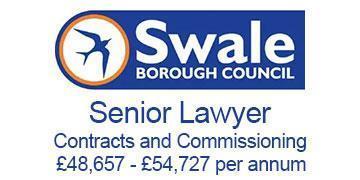The Court of Appeal, in the decision of Bratt v Jones [2025] EWCA Civ 562, has opened the door to removing the pre-condition that in order for a valuer to be liable for negligent valuation of a property, their valuation must fall outside of a reasonable range of valuations. This may make it easier in the future, particularly for lenders, to recover losses as a result of negligent valuations, subject to the usual considerations, including limitation.


Jones was appointed as an independent expert valuer under an option agreement between Bratt and a developer, Banner Homes. Banner Homes exercised its option to purchase the land at 90% of the market value, which value had to be determined by Jones.
Jones valued the land at £4,075,000 and Banner Homes paid 90% of this to Bratt under the agreement.
Bratt brought a claim against Jones for 90% of the difference between Jones’ figure and the sum he argued was the correct market valuation of £7.8m. He asserted that a non-negligent valuer would have produced a valuation within a margin of 10% above or below that – between £7m and £8.6m.
The High Court determined that the appropriate margin for non-negligent valuation of the land was between 10% and 15% either side of the correct value, which it determined at £4,746,860. Since Jones’ valuation had been within 14.15% of the value that the court had determined, Bratt’s claim for damages for professional negligence against Jones was dismissed.
Bratt appealed to the Court of Appeal, arguing that the High Court was wrong to fix the margin of error at up to 15% because if the court had limited it to 10%, Jones’ valuation would have been outside of the acceptable range. Bratt argued that this would have shifted the burden on to the valuer to prove they had not been negligent.
The appeal court held that the legal burden of proving negligence lay with the person bringing the claim, in the usual way. The High Court had been entitled to reach the conclusion which they did that the land value was £4,746,860 and that the appropriate margin of error was 10% to 15%. It therefore upheld the High Court’s decision. As the valuation was within that margin of error, Mr Bratt’s claim and appeal failed.
The Court of Appeal found that it was bound by a previous decision in Merivale Moore plc v Strutt & Parker [2000] PNLR 498, and so decided that it was a pre-condition of liability that Jones’ valuation fell outside the permissible bracket of 10% to 15%. However, it concluded that even if the valuation had not fallen outside of the reasonable range, Bratt would still need to have established that Jones acted negligently in accordance with usual principles (that is, to demonstrate that the valuation was carried out other than in accordance with practice regarded as acceptable by a respectable body of opinion within the profession).
However, in reaching that decision, the Court of Appeal cast doubt on the permissible bracket concept as a pre-condition of liability. The court considered the non-binding comments of Lord Hoffmann in two judgments (namely in South Australia Asset Management Corpn v York Montague Ltd [1967] AC 191 and Lion Nathan Ltd v C-C Bottlers Ltd [1996] UKPC 9). In these cases, Lord Hoffmann appears to move away from the idea of a range of figures within which a valuer may not have been negligent to examining the standard of care adopted by the valuer. He rejects the idea that in order to avoid negligence, a valuer only needs to produce a figure within a specified permissible bracket. The Court of Appeal could not take this any further, due to the existing decision in Merivale More, but this may be an area ripe for review by the Supreme Court.
It is not yet known whether any of the parties in Bratt v Jones intend to seek permission to appeal or when the Supreme Court will have the opportunity to review the question of whether the valuer’s valuation must fall outside of a reasonable range before considering the standard of care adopted by the valuer. However, if the permissible bracket was removed as a pre-condition of liability, this could potentially open the door to an increase in claims by lenders against valuers for negligent valuations by simplifying the test so that the only condition for liability is the standard of care adopted.
Joe Edwards is a partner in the real estate disputes team at Charles Russell Speechlys and Adam Smith-Roberts is a barrister at Gatehouse Chambers































1 Reader's comment